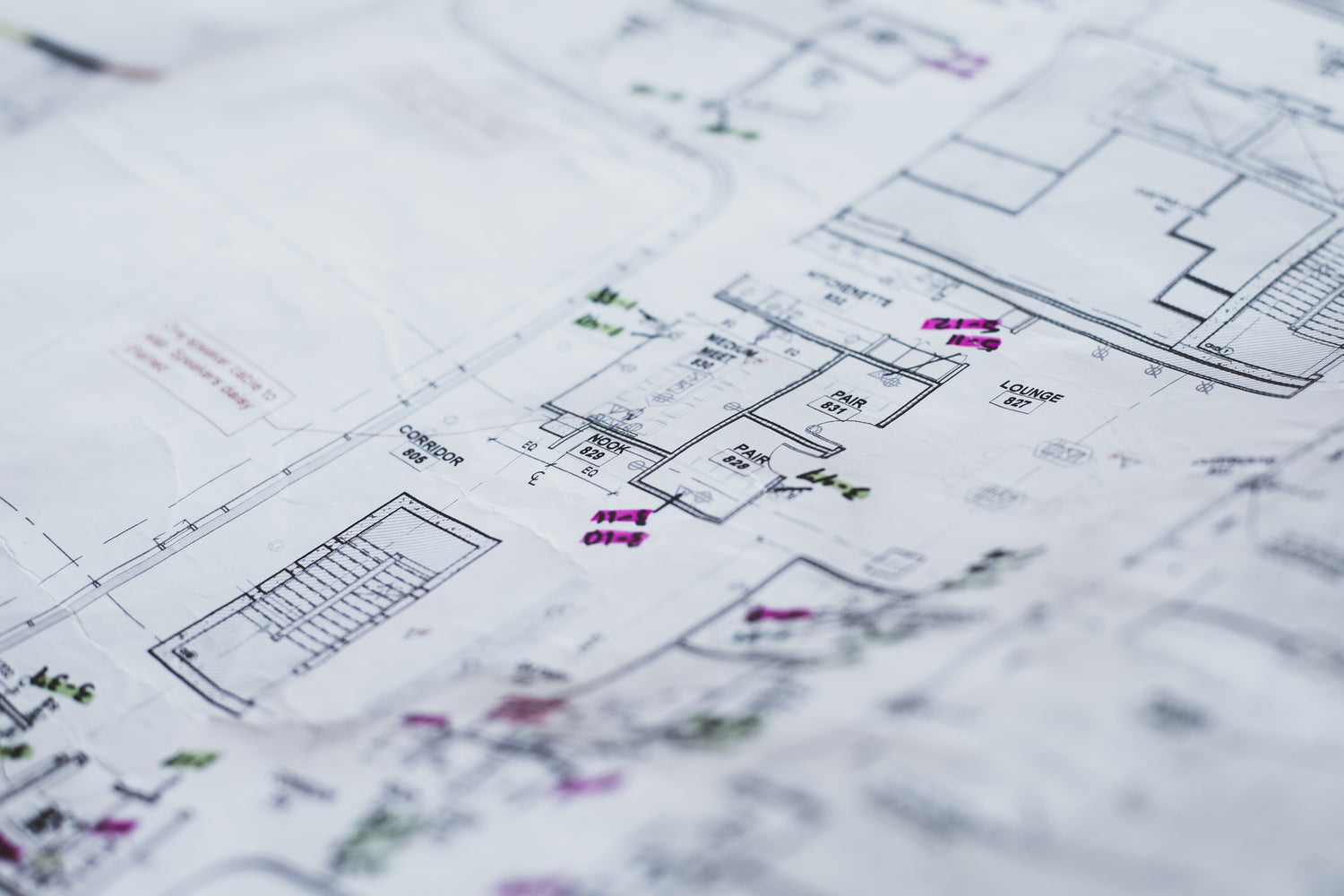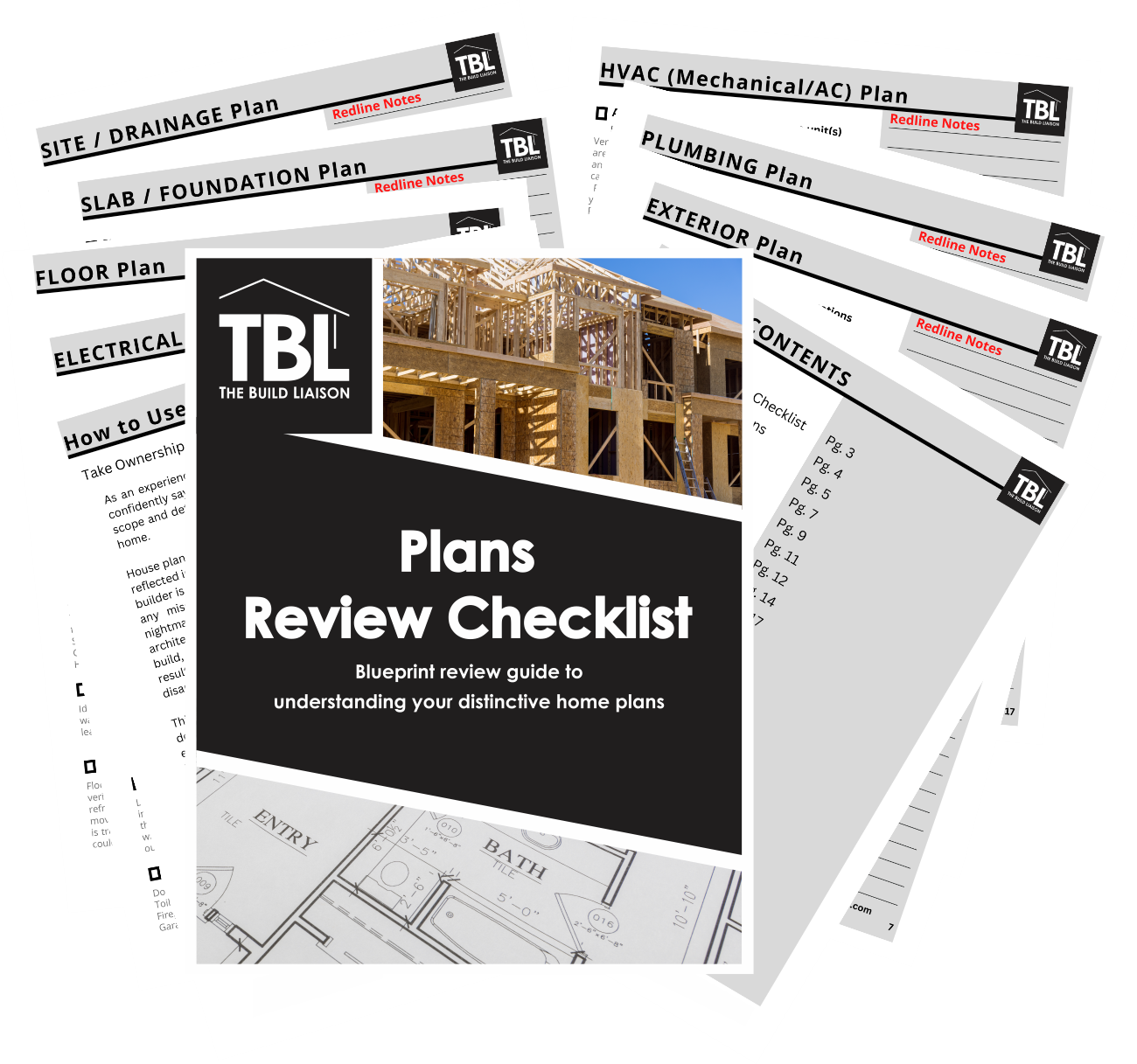
Strengthen your build team
Build Liaison was created to strengthen the Client, Architect, and Builder triangle. As an experienced builder I know seeing a home as a 2 dimensional plan can be difficult. We also know change orders can be expensive and cause delays in project timelines. Our mission is pre-problem solving by reviewing your project plans and helping you achieve your dream home.

Plans Review Checklist PDF
Regular price
$39.00
Regular price
$49.00
Sale price
$39.00
Unit price
per
Change orders cost hundreds of dollars and add time to your build. Use this review checklist to gain a better understanding of exactly what your plan set is showing and what your builder is expected to deliver.
Share






